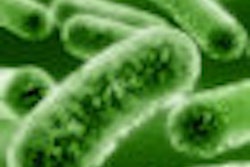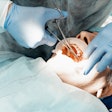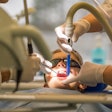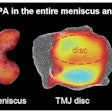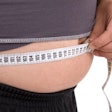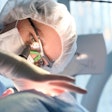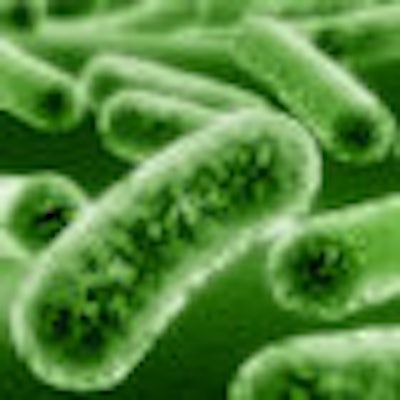
SAN FRANCISCO - The biggest bogeymen of the human mouth -- mutans streptococci and lactobacilli -- may be getting more than their fair share of the blame for caries, said researchers at the World Congress of Minimally Invasive Dentistry on Thursday.
— Douglas Young, D.D.S., M.B.A., M.S.,
University of the Pacific
"Now we're finding that even good bacteria can mutate to become acid-producing," said Douglas Young, D.D.S., M.B.A., M.S., an associate professor at the University of the Pacific Arthur A. Dugoni School of Dentisry.
The notion has broad implications for the future of caries treatment, since many therapies now in the pipeline target only mutans. "It's a huge change," said Kim Kutsch, D.M.D., an independent researcher associated with the Forsyth Institute.
Using DNA sequencing, researchers have identified more than 23 bacterial species "significantly implicated" in the caries process, he said, citing a 2008 study in the Journal of Clinical Microbiology (April 2008, Vol. 46:4, pp. 1407-1417), among others.
Unlike biofilms in other parts of the body, which shed their surfaces frequently, dental plaque remains relatively stable and harbors diverse bacteria colonies.
The dominant types of bacteria vary depending on the tooth surface. Smooth surface plaque is dominated by streptococci and actinomyces spp, approximal plaque is dominated by actinomyces and prevotella, and fissure plaque is dominated by mutans streptococci, Dr. Kutsch said.
Even some of those bacteria considered to be beneficial, Streptococcus gordonii and Streptococcus oralis, can adapt in a low pH environment to produce more acid, he noted. Defending themselves from acid requires them to consume more energy, so instead of metabolizing proteins and other compounds with harmless byproducts, they begin metabolizing sugar and producing acid.
Dr. Kutsch and other researchers have found that 40% of people with high caries risk have no mutans. These findings mean that many products recently released or under development could prove fruitless. Until now, researchers have worked under the assumption that caries was mostly caused by two strains of mutans streptococci: S. mutans and S. sobrinus, with a more modest contribution by various lactobacillus strains.
Broad spectrum antimicrobials such as chlorhexidine might kill these organisms, but they also kill harmless bacteria and bacteria that protect against yeast infections. If you could kill only the "bad" bacteria, the theory goes, then the "good" bacteria would take their place in the ecological niche of the human mouth -- like flowers supplanting weeds.
So some researchers are now at work on vaccines against these specific bacteria. Others are developing selective antibiotics to kill them while leaving other bacteria untouched. "They're wasting their time," Dr. Kutsch said.
He's similarly skeptical of probiotic treatments -- therapies in which good bacteria are implanted in the mouth in hopes of crowding out the bad ones.
Instead, Dr. Kutsch recommends raising the pH inside the mouth above 5.5. The cheapest way to do that may be with baking soda. But he sees a potential problem there: Sodium and bicarbonate might get into the enamel, replacing calcium and phosphate molecules and weakening it.
So he suggests using a product he and Dr. Young are marketing, CariFree, which combines xylitol and calcium in a formula for which the company is seeking a patent.
"Dental caries is not a pathogen-specific disease, it's a pH-specific disease," Dr. Kutsch said.
Copyright © 2009 DrBicuspid.com




